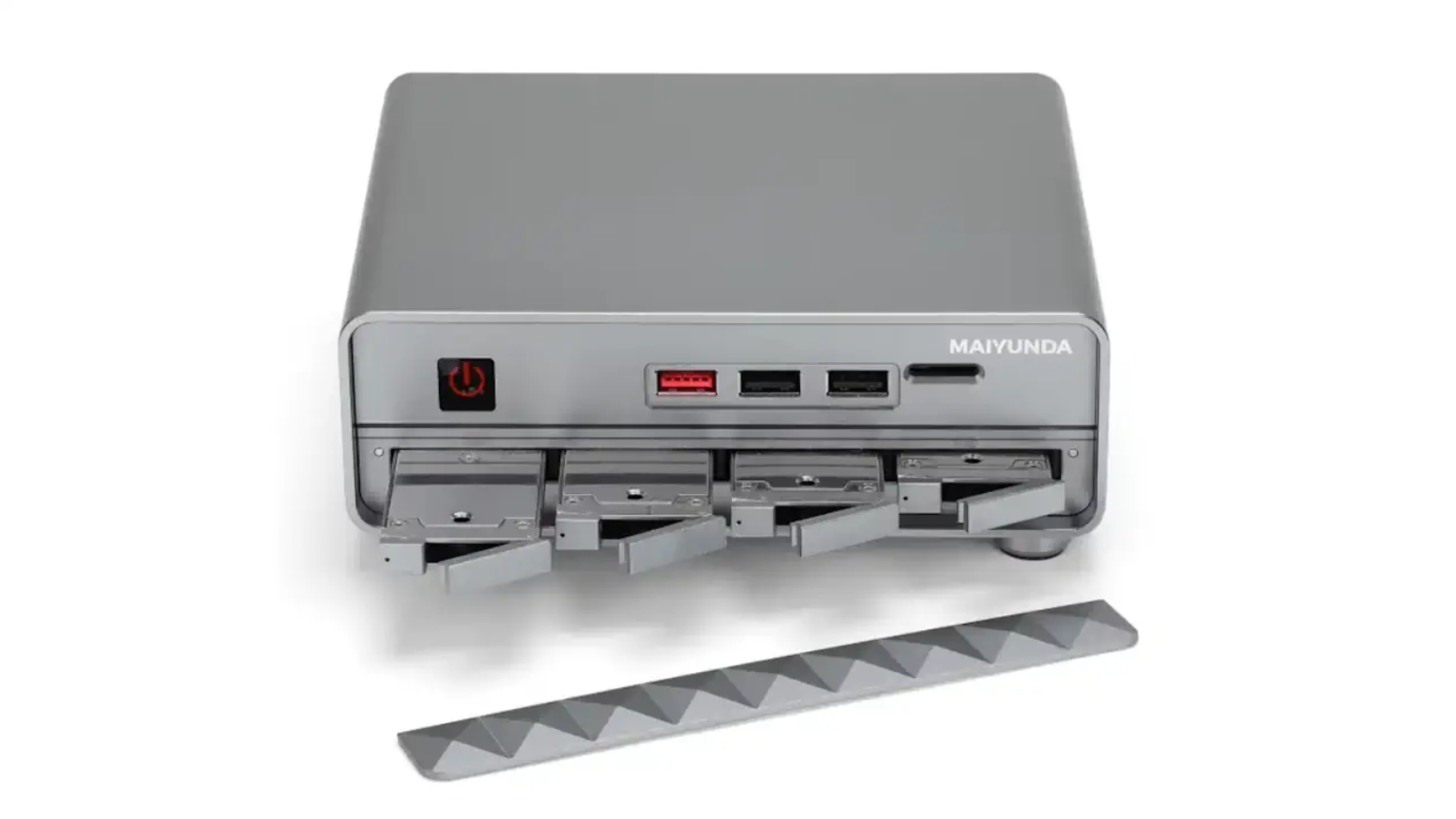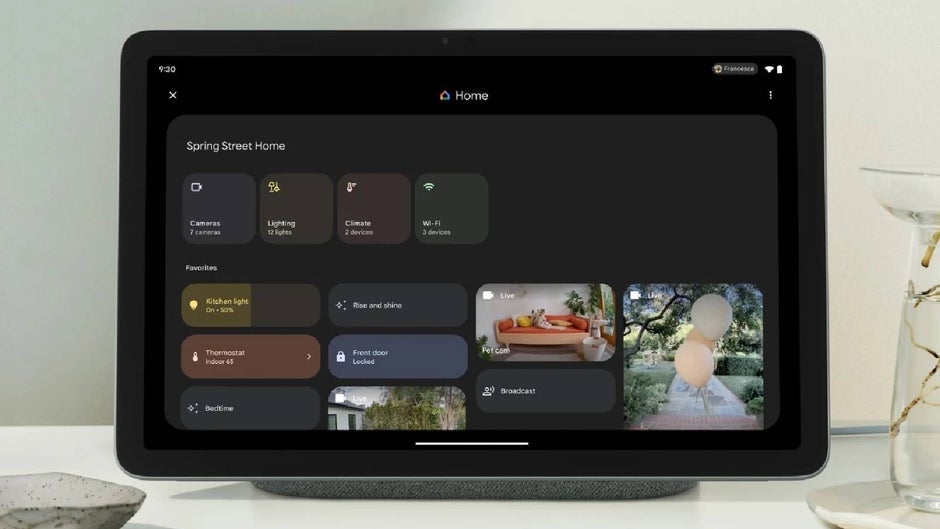Developer Experience as a Product: Not Just Tools. It’s Everything.
Rajesh was a senior developer. Ten years in the game. One Friday morning, he opened his terminal, tried to run a simple microservice... and boom. Error. Missing environment file. Again. Spent next 3 hours debugging a config he didn’t touch. Sighed. Logged off early. Pushed nothing that day. And it wasn’t even his fault. This? This is what bad Developer Experience feels like. Wait. What’s DevEx, Really? Think of DevEx—short for Developer Experience—as the user experience for developers. It’s how easy (or hard) it is to do their job. From setting up a local env, to writing, testing, deploying, debugging. All of it. DevEx is: The speed of CI/CD pipelines The clarity of your internal docs The quality of your API responses How friendly your error messages are The way your tools support (or frustrate) your flow And here’s the kicker. You can build it like a product. Not as an afterthought. But as a core offering. A thing that brings joy, or pain, every single day. The Old Way: Treating Developers Like Adults with Headaches Let’s be honest. For years, most orgs assumed developers would "figure it out." We’d throw them: A complex codebase A barely working staging server Outdated Confluence pages Random Slack threads with tribal knowledge Then say, "You good?" No. Not good. This mindset breaks teams. Burns time. Kills motivation. And that’s where everything shifts. Because now, orgs treat Developer Experience like a real product. With roadmaps. Feedback loops. Metrics. Ownership. And that changes... everything. DevEx Is Not Just Internal Think of tools like: Vercel Supabase Stripe Linear What do they all have in common? They treat DevEx as their competitive edge. Fast onboarding. Clean docs. One-click setups. APIs that just work. Stripe didn’t win because of payments. It won because devs loved building with it. And that love? That’s productized DevEx. Even at SUSA Labs, the platforms we build are tested not just for performance—but for how they feel to the devs using them. Whether internal tools or client-facing APIs, DevEx is part of the product design. So... What Does Building DevEx as a Product Look Like? Glad you asked. Let’s break it down. Story-style.

Rajesh was a senior developer. Ten years in the game.
One Friday morning, he opened his terminal, tried to run a simple microservice... and boom.
Error. Missing environment file. Again.
Spent next 3 hours debugging a config he didn’t touch. Sighed. Logged off early. Pushed nothing that day.
And it wasn’t even his fault.
This?
This is what bad Developer Experience feels like.
Wait. What’s DevEx, Really?
Think of DevEx—short for Developer Experience—as the user experience for developers.
It’s how easy (or hard) it is to do their job.
From setting up a local env, to writing, testing, deploying, debugging. All of it.
DevEx is:
- The speed of CI/CD pipelines
- The clarity of your internal docs
- The quality of your API responses
- How friendly your error messages are
- The way your tools support (or frustrate) your flow
And here’s the kicker.
You can build it like a product.
Not as an afterthought.
But as a core offering.
A thing that brings joy, or pain, every single day.
The Old Way: Treating Developers Like Adults with Headaches
Let’s be honest.
For years, most orgs assumed developers would "figure it out."
We’d throw them:
- A complex codebase
- A barely working staging server
- Outdated Confluence pages
- Random Slack threads with tribal knowledge Then say, "You good?" No. Not good. This mindset breaks teams. Burns time. Kills motivation. And that’s where everything shifts. Because now, orgs treat Developer Experience like a real product. With roadmaps. Feedback loops. Metrics. Ownership. And that changes... everything.
DevEx Is Not Just Internal
Think of tools like:
- Vercel
- Supabase
- Stripe
- Linear
What do they all have in common?
They treat DevEx as their competitive edge.
Fast onboarding. Clean docs. One-click setups. APIs that just work.
Stripe didn’t win because of payments.
It won because devs loved building with it.
And that love?
That’s productized DevEx.
Even at SUSA Labs, the platforms we build are tested not just for performance—but for how they feel to the devs using them. Whether internal tools or client-facing APIs, DevEx is part of the product design.
So... What Does Building DevEx as a Product Look Like?
Glad you asked.
Let’s break it down. Story-style.












































































































































































![[The AI Show Episode 146]: Rise of “AI-First” Companies, AI Job Disruption, GPT-4o Update Gets Rolled Back, How Big Consulting Firms Use AI, and Meta AI App](https://www.marketingaiinstitute.com/hubfs/ep%20146%20cover.png)


























































































































![[DEALS] The ChatGPT & AI Super Bundle (91% off) & Other Deals Up To 98% Off – Offers End Soon!](https://www.javacodegeeks.com/wp-content/uploads/2012/12/jcg-logo.jpg)



![How to make Developer Friends When You Don't Live in Silicon Valley, with Iraqi Engineer Code;Life [Podcast #172]](https://cdn.hashnode.com/res/hashnode/image/upload/v1747360508340/f07040cd-3eeb-443c-b4fb-370f6a4a14da.png?#)




































































































































































































































![Seven tech accessories I keep coming back to [Video]](https://i0.wp.com/9to5mac.com/wp-content/uploads/sites/6/2025/05/7-tech-accessories-FI-1.jpg?resize=1200%2C628&quality=82&strip=all&ssl=1)



















![iPhone 17 Air Could Get a Boost From TDK's New Silicon Battery Tech [Report]](https://www.iclarified.com/images/news/97344/97344/97344-640.jpg)
![Vision Pro Owners Say They Regret $3,500 Purchase [WSJ]](https://www.iclarified.com/images/news/97347/97347/97347-640.jpg)
![Apple Showcases 'Magnifier on Mac' and 'Music Haptics' Accessibility Features [Video]](https://www.iclarified.com/images/news/97343/97343/97343-640.jpg)




































































